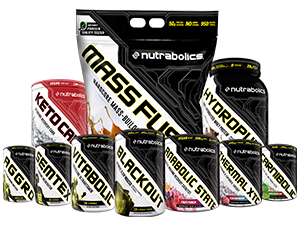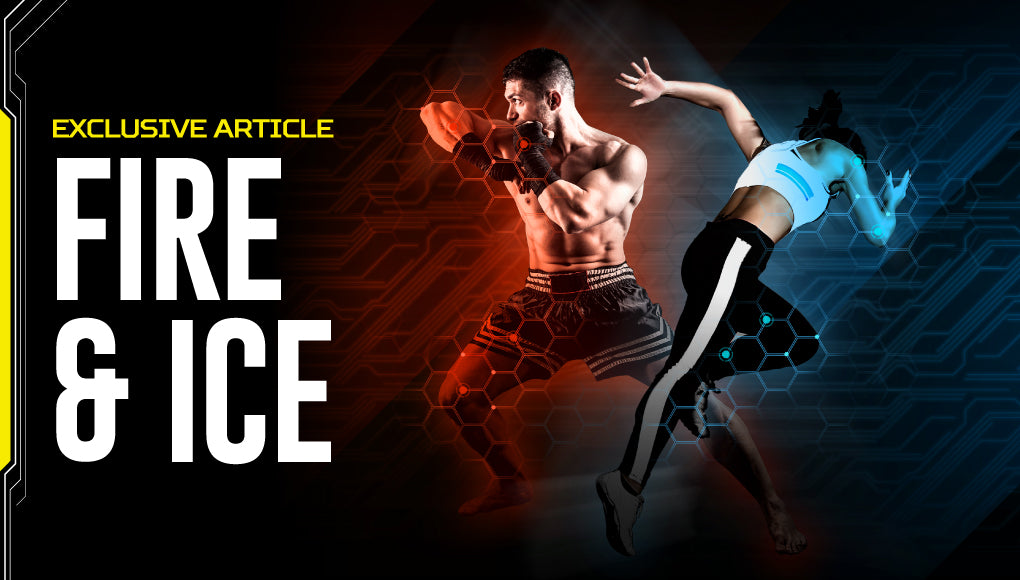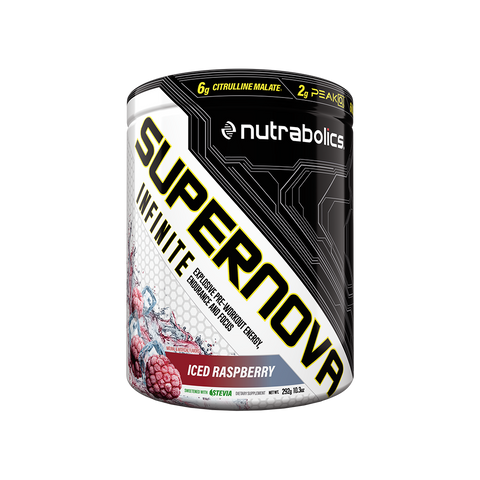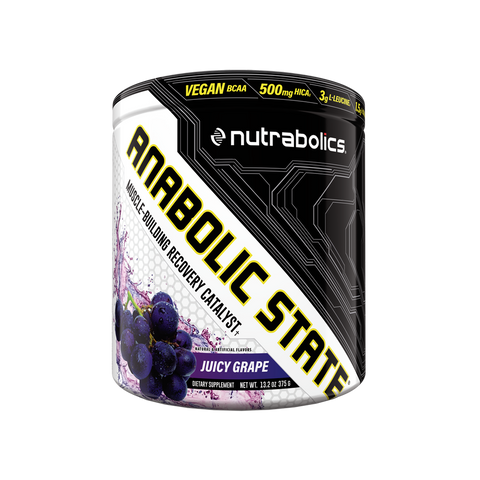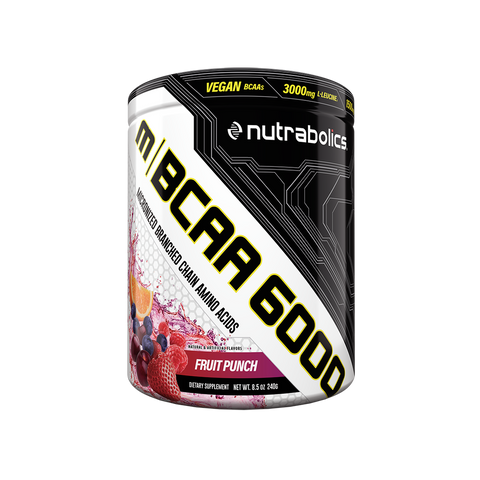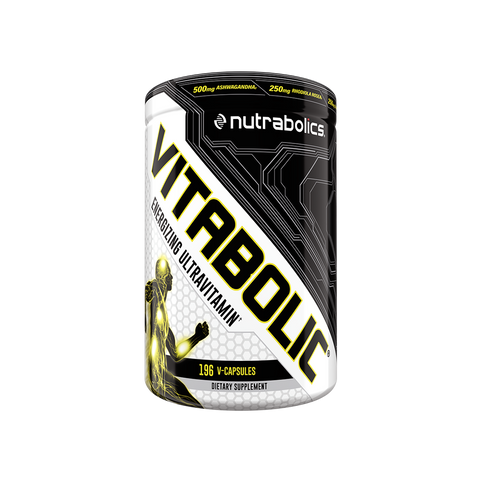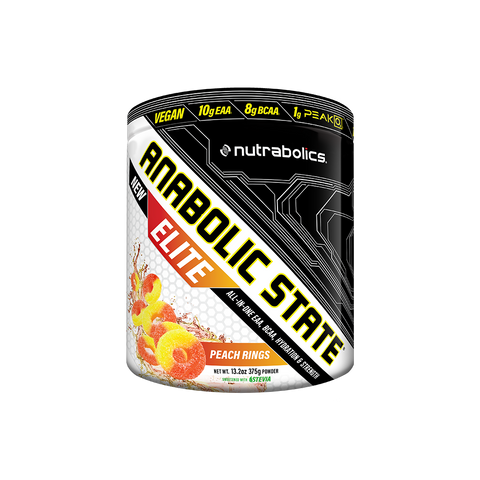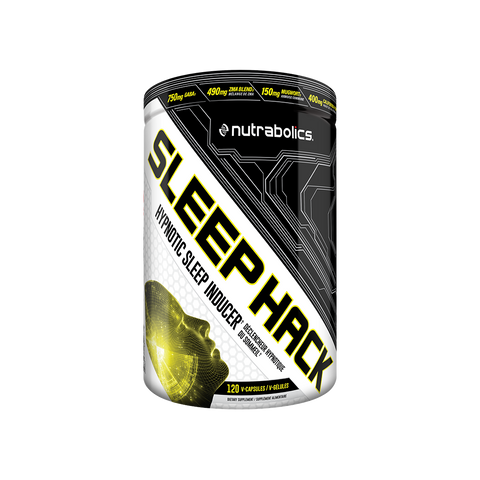By Krysten Maier
Some like it hot—and some like it cryogenically frozen! Athletes have been using temperature in their training for centuries but the debate over warm vs cool has never been hotter in the fitness community. With scientific advancements in hyperthermic and cold conditioning—from infrared saunas to high-tech cryo-chambers—athletes have more options than ever before to give themselves an edge in their physical results. But which method boasts the best recovery techniques for quicker turnaround times and overall better performance? Is it advantageous to train in the summer’s scorching sun or in the dead of winter? Know all the facts before you start playing with fire.
BRING THE HEAT
Nothing compares to the feeling of slipping into a steaming hot tub after a hard workout, and it turns out there is a scientific reason behind this pleasure. Metabolically speaking, soothing heat encourages the release of endorphins, which helps with the reduction of stress and easing muscles into releasing tension. Pretty straightforward relaxation recovery, right?
Beyond this, however, is the fact that the increased sweating we experience in sweltering scenarios is linked to a wide range of positive reactions in the body. One is how the application of heat promotes increased vascular flow, which works to cycle through harmful toxins circulating in the blood. The skin is one of the best eliminative organs so the process of sweating in a hot environment extends this process by purging toxins that are harmful to the nervous system, endocrine system, and liver. Additionally, as the internal core temperature rises, the body produces more white blood cells, improving the body’s immune system over time. Thermogenic effects also exist the body’s caloric intake systems. As external temperatures rise, so does a person’s heart rate, forcing the metabolic system to amp up its cardiovascular output. The same principal is at work in thermogenic products like Nutrabolics SEMTEX,™ key active ingredients elicit these thermogenic reactions without the presence of external heat and raise core temperature. Essentially, the more energy required of the system, the more calories burned.

TRAIN HOT, TRAIN SMART
Because of the metabolic accelerating effects of heat, many athletes opt to train at higher temperatures. We’ve all seen joggers wearing garbage bags over their hoodies to sweat it out. Now there are sauna suits from top athletics brands to get the job done. Research shows that within six weeks of training in a sauna suit, athletes reported serious improvements in V̇O2 max (blood-oxygen utilization efficacy), metabolic threshold, and peak power output. Heat training can also improve heat tolerance, with over 60% improvement in exercise time to fatigue when exercising in a hot environment. Meaning that you can train yourself to become increasingly resilient to operating or training in excessively hot weather conditions!
What’s surprising, though, is that hyperthermic endurance training can also improve performance in cool weather. The average runner can generally burn more calories exercising in cold weather because the body can regulate its core temperature easier, which means prolonged endurance. However, a study performed on cyclists in 2010 revealed that of two groups, the group that had trained at 40°C actually outperformed the group that trained at 12°C when competing at the colder of the two temperatures, riding 6% faster with 9% more cardiac output. Much of these positive effects been attributed to a spike in the blood plasma volume of an athlete training in heat, which directly correlates with better cardiovascular fitness. This method can also lower the body’s resting core temperature, reduce blood lactate, and increase skeletal muscle force.
But don’t go blasting your home gym hotter than a New Delhi diner all at once! Heat adaptation should be performed incrementally so that the body can build a tolerance and become conditioned to dissipate heat effectively. Athlete or not, individuals must slowly elevate their core temperature over time in order to be safe and practical.
POST-WORKOUT CHILL
Now that you’ve sweated it up during your workout, jumping into a freezing cold ice bath might be sounding more and more appealing—and it could be just what the doctor ordered in terms of recovery. After partaking in a particularly strenuous workout, from weight lifting to circuit training, many athletes look to heating pads or a dip in the hot tub to soothe aching muscles and joints. It seems intuitive to use heat to relax and restore muscles, but the big misconception here is that hot therapy helps at any time. Contrary to popular belief, the direct application of heat can actually increase and agitate muscle inflammation – at least within the hour or so directly following a workout. Bad news for post-workout hot-tubbers trying to fit growth and recovery all into one trip to the gym!

A ten minute ice bath, on the other hand, can be extremely effective in reducing muscle swelling in overworked areas. The application of cold actually constricts blood flow and narrows the blood vessels while numbing the pain of sore muscles, allowing for quicker recovery with fewer negative side-effects. Cold water immersion has even been proven to lessen the effects of perceptual fatigue and DOMS (Delayed Onset Muscle Soreness) in the days following an intense training session.
CUTTING-EDGE COLD
But what about something really cold?—like three times as cold as a plunge in an icy pool! Cryotherapy, one of the latest trends in temperature recovery, offers just that. The goal of treatment via cryochamber is to provide an extreme shock to the system, the temperature dropping to a frigid -120°C during your average three-minute stay inside. This sub-zero chill triggers the body to send a deluge of blood to the torso to protect the vital organs. Upon stepping out of the chamber, highly-oxygenated blood rushes to the extremities, helping to replenish muscles and other soft tissues. Cryo also supports a range of peripheral benefits including increased collagen production for firmer and healthier-looking skin.
 Imagine feeling completely rejuvenated, feeling the majority of your muscle inflammation leave body in just three short minutes—it’s an absolute game-changer to competitive athleticism. Aside from the purely physical benefits, the psychological effects of such a speedy recovery are unparalleled, quickly increasing an athlete’s mood, confidence, feeling of wellbeing, and sense of endurance.
Imagine feeling completely rejuvenated, feeling the majority of your muscle inflammation leave body in just three short minutes—it’s an absolute game-changer to competitive athleticism. Aside from the purely physical benefits, the psychological effects of such a speedy recovery are unparalleled, quickly increasing an athlete’s mood, confidence, feeling of wellbeing, and sense of endurance.
While both deal in the science of cooling, the physiological response between simple ice and cryotherapy is night and day. Whereas traditional icing may target joints and muscles, the result may be nothing more than a topical reaction, causing blood to rush to the area, which would be counterintuitive to the sought-after effects. With the full immersion of cryo, the entire body is cooled fast enough that the desired constriction of the tissue occurs instantaneously, flushing out negative substances like lactic acid. This detox is followed by a rush of endorphins as the mineral and oxygen-rich blood returns to peripheral tissues upon leaving the chamber.
A BALANCED BLEND
But in recovery, it doesn’t have to be as simple as fire versus ice—the two work perfectly well in tandem. After some chilly hydrotherapy, a course of heated recovery techniques may also be applied. While the cold reduces swelling, subsequent heat can assist in reducing muscle spasms and alleviate joint stiffness. Saunas are particularly appealing because they elicit the sweating and elevated heart similar to heat training with strenuous exercise and the added benefits as such. For those who can’t tolerate the heat, infrared saunas are ideal, producing the same results at lower temperatures. Rather than heating the air around the body like conventional saunas, infrared saunas use light to heat the body directly without heating the air.
Whatever method of recovery you choose, the key is that it helps you unwind and promotes a good night’s rest. Sleep may be the very most important aspect of recovery, as it allows your body time to regenerate and supply growth hormone to the muscles for tissue expansion, finalizing the repairing process. Increased sleep has a direct link to increased athletic performance and works in a strong synergy with temperature based recovery methods.
POLAR OPPOSITES, SAME SCALE
The debate blazes on as to whether heat or cold is king. Ultimately, hot recovery and training is the tried and true method, with very little drawbacks or unknown variables when applied sensibly. If you’re looking for a safe bet, then bring on the heat. Cold technology is more of a rogue—on an exciting path and showing some interesting results. It is not yet as accessible for the average gym-goer and will certainly be undergoing further studies in the coming year, but if you’re looking to shake things up, take a walk on the cold side. While cold has been seen to reduce pain when applied within 24 hours, the two are quite equally matched in creating training stamina, reducing muscle damage, and accelerating recovery after exercise.
